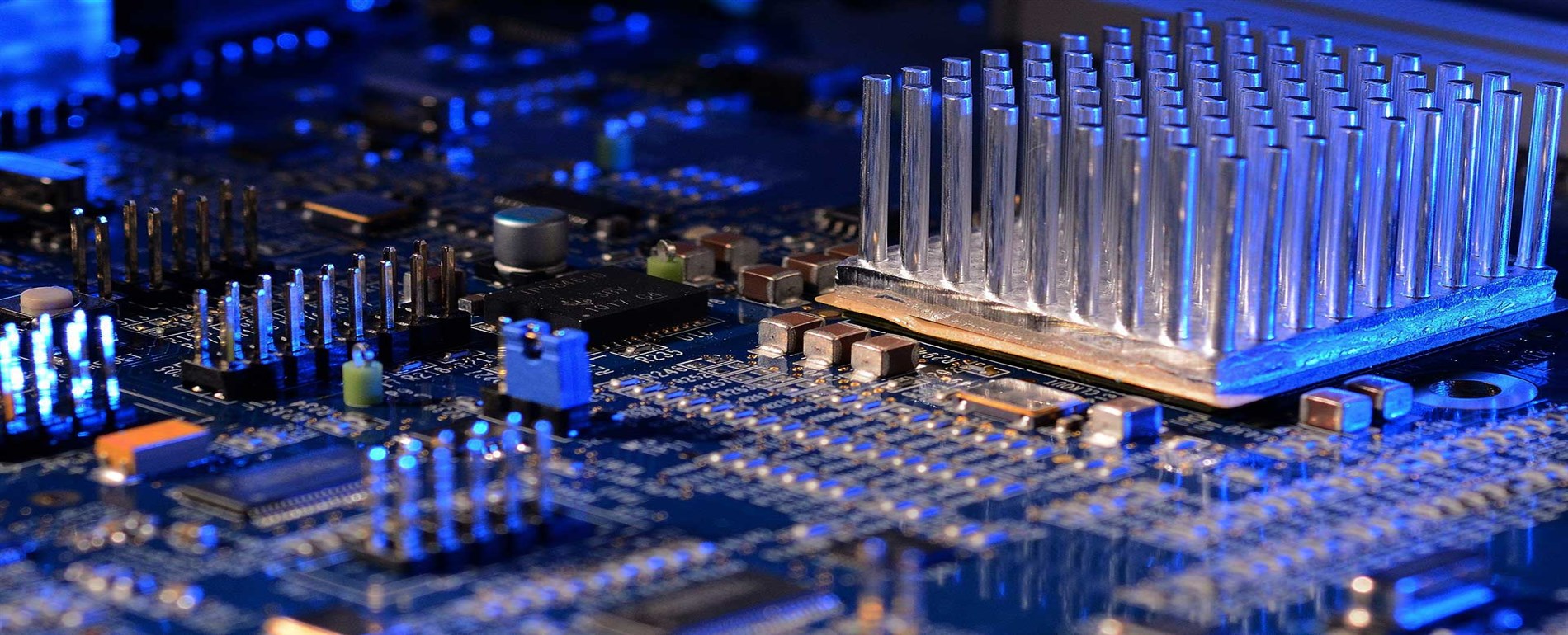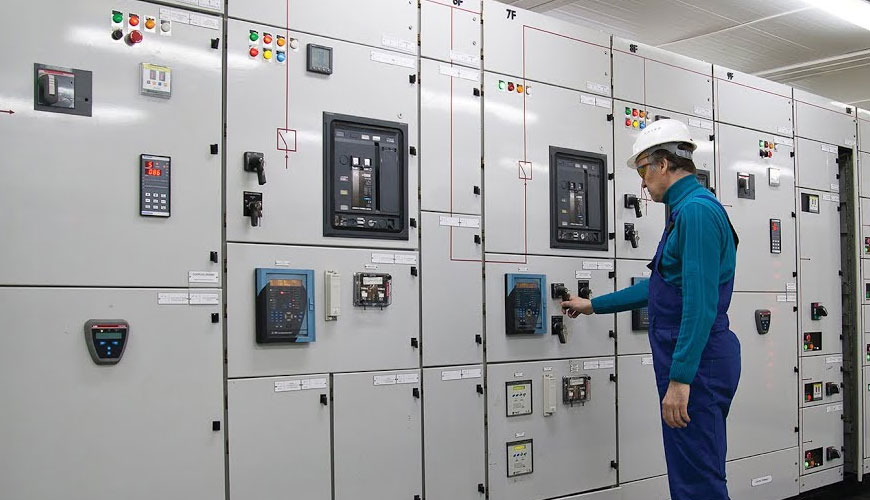

With its state-of-the-art accredited laboratories and expert team, EUROLAB provides precise and fast testing services within the scope of IEC EN 62271-101 test. IEC EN 62271-101 applies mainly to AC circuit breakers within the scope of IEC EN 62271-100. Provides general guidelines for testing AC circuit breakers for tripping and breaking capacities in the range of test tasks described in 62271 to 100 of IEC EN 7.102-7.111 using synthetic methods.

Synthetic testing has proven to be an economically and technically correct way to test high-voltage AC circuit breakers according to the requirements of IEC EN 62271-100 and is equivalent to direct testing.
The methods and techniques described are those in general use. The purpose of this standard is to establish criteria for synthetic tests and the appropriate evaluation of results. Such criteria will establish the validity of the test method without imposing restrictions on the novelty of the test circuit.
Any particular synthetic method chosen for testing will force the test circuit breaker sufficiently. In general, qualification is established when the test method meets the requirements set out in the sub-clauses below.
A circuit breaker has two basic positions: closed and open. In the closed position, a circuit breaker conducts full current with a negligible voltage drop across its contacts. In the open position it conducts a negligible current, but with full voltage across the contacts. This defines two main voltages, current voltage and voltage voltage, separated by time.
During the high current range, the test circuit breaker shall be energized by the test circuit such that the pickup conditions for the interaction range are the same as under the reference system conditions, within the tolerances to be specified.
During the interaction range, the short-circuit current voltage transforms into a high-voltage voltage, and the performance of the circuit breaker can significantly affect the currents and voltages in the circuit. When the current drops to zero, the arc voltage can rise to charge the parallel capacitance and distort the current flowing through the arc. The post-zero arc conductivity present can cause additional damping of the transient recovery voltage, thereby affecting the voltage across the circuit breaker and the energy supplied to the ionized contact gap.
EUROLAB assists manufacturers with IEC EN 62271-101 test compliance. Our test experts, with their professional working mission and principles, provide you, our manufacturers and suppliers, the best service and controlled testing process in our laboratories. Thanks to these services, businesses receive more effective, high-performance and quality testing services and provide safe, fast and uninterrupted service to their customers.
To get an appointment, to get more detailed information or to request an evaluation, you can ask us to fill in our form and reach you.